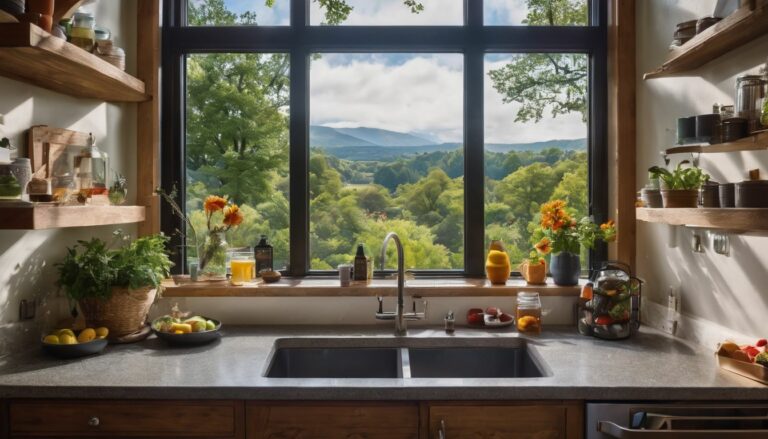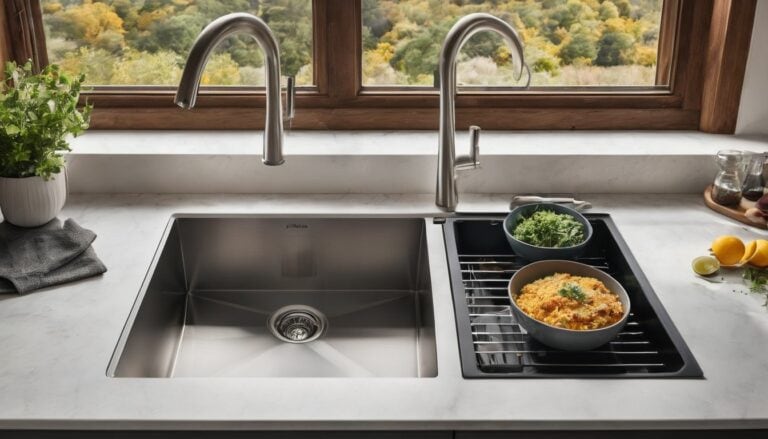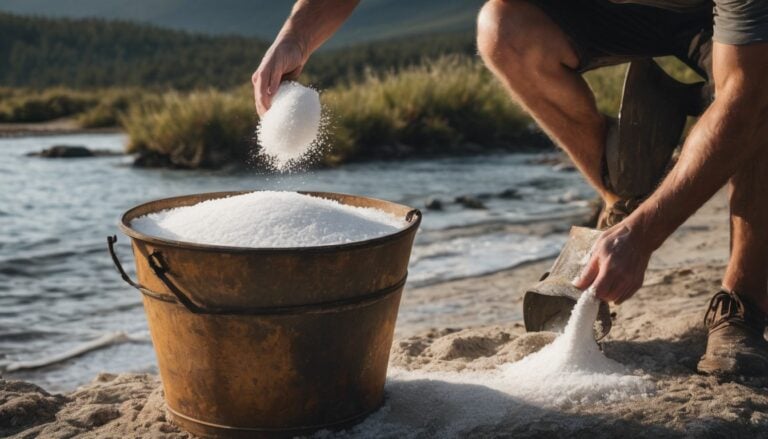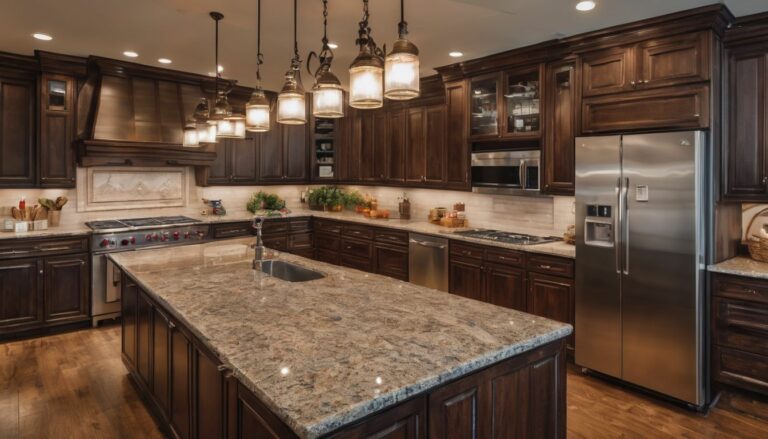Is whitewashing Really easier than painting? Find out now!
Deciding between a fresh coat of paint or opting for whitewash is a common dilemma for home improvement enthusiasts. Whitewashing, with its water-like consistency, has been gaining popularity as an easy refresh method — especially on surfaces like brick fireplaces.
This article dives into the simplicity of whitewashing versus painting and aids you in choosing the best option for your next DIY project. Ready to transform your space? Let’s explore!
Comparing Whitewashing and Painting
When it comes to refreshing the look of your walls, you might find yourself torn between whitewashing and painting. Both methods have their unique set of characteristics, benefits, and challenges.
| Aspect | Whitewashing | Painting |
|---|---|---|
| Application | Easier and more forgiving | Requires more precision |
| Look | Rustic, weathered | Uniform, polished |
| Preparation | Minimal surface prep needed | Often requires priming and sanding |
| Durability | Less durable, easy to remove | More durable, long-lasting finish |
| Maintenance | Easy to touch up or alter | More effort to change or repair |
| Technique | Mixing lime, salt, and water | Using pre-mixed paints |
| Environmental Impact | Often uses natural ingredients | VOCs in paints can be harmful |
Whitewashing can be a liberating experience for DIY enthusiasts due to its forgiving nature. Mistakes blend into the charm of the final product. On the flip side, painting demands a steady hand and an eye for detail. It’s about creating a consistent layer that can withstand the test of time. Each has its place in the world of home decor, and your choice hinges on the look you’re aiming for and the effort you’re willing to put in. Whether you seek the quaint charm of a cottage or the sleek sheen of a modern abode, these two approaches can dramatically alter your space.
Understanding Whitewashing
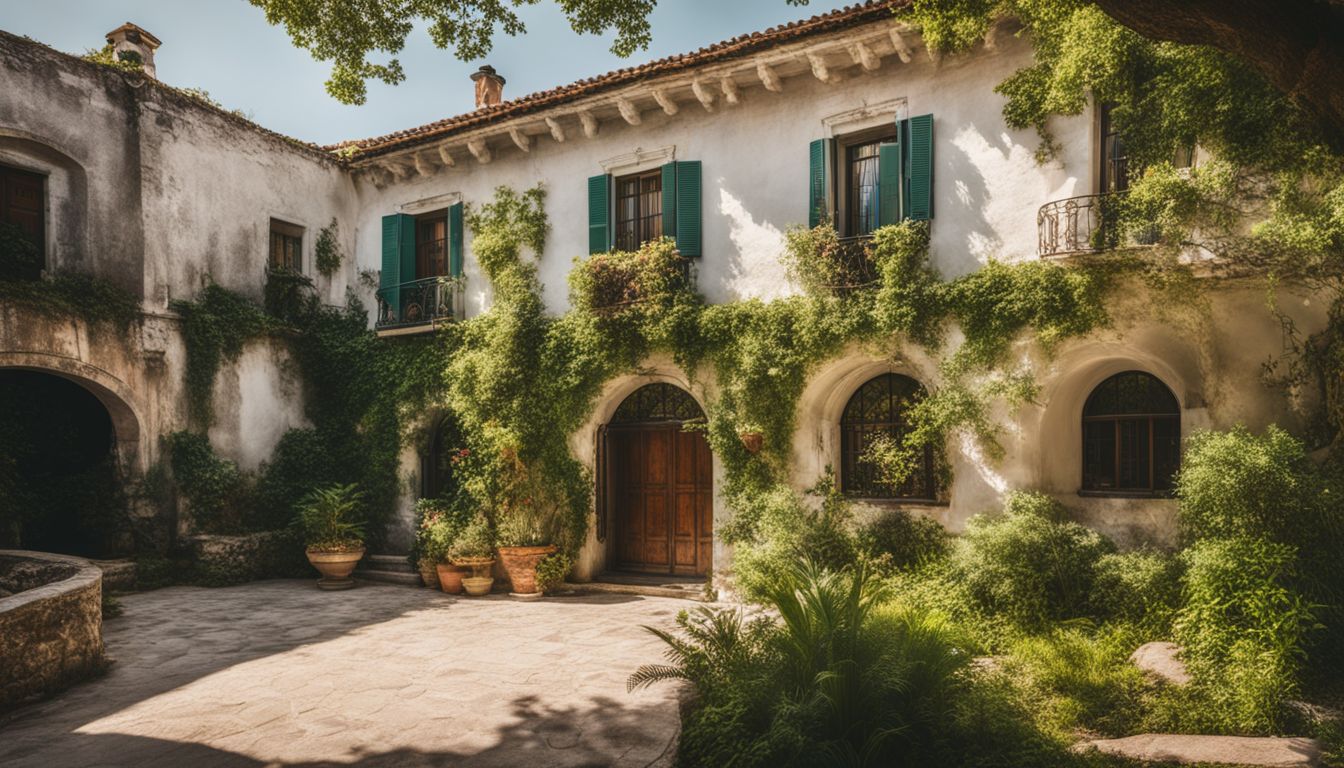
Diving into the world of whitewashing is like uncovering a vintage treasure—simple yet transformative. It’s not just about aesthetics; it’s a technique with roots as deep and enduring as the structures it beautifies.
Basics of Whitewashing
Whitewashing uses a mixture of water and hydrated lime to create a unique finish. This technique brightens wood while letting the grain peek through. It’s more than just white paint; it’s a way to add character to rustic pieces.
The charm lies in its low opacity at first which then grows as it dries.
People often get whitewashing wrong by laying it on too thick, especially if they’re new at it. But practice makes perfect, and learning how to use this approach can transform an old fence or mantle into something special.
Unlike oil-based paints or varnishes, whitewash is breathable and can help prevent efflorescence—the salt residue that sometimes appears on surfaces. With whitewashing, you’ll end up with a softer look than with chalk paint or latex paint that hides everything underneath.
Pros and Cons of Whitewashing
Whitewashing can make a surface look new again. It’s an old technique with modern uses, especially when mixed with water-based paint.
- Whitewashing is kind to your wallet. You don’t need much money to buy the supplies.
- It’s easy to mix yourself. Just combine lime with salt and water, and you’ve made whitewash.
- This method gives a softer finish. Your walls will glow with a gentle, diffused look.
- You can choose different colors now. Adding tint gives you more options than just white.
- Touch – ups are a breeze. Fixing small areas blends in easily without starting from scratch.
- It won’t last as long as acrylic paint. You may find yourself reapplying it sooner.
- Whitewashing has thin coverage at first. You might put on too much trying to get it right.
- More maintenance is required. To keep it looking fresh, plan for extra care over time.
- On certain surfaces, prep work is needed. Sandpaper can help the wash stick better but takes effort.
- Sadly, the term links to unfair practices in media where diversity should shine instead.
Understanding Painting
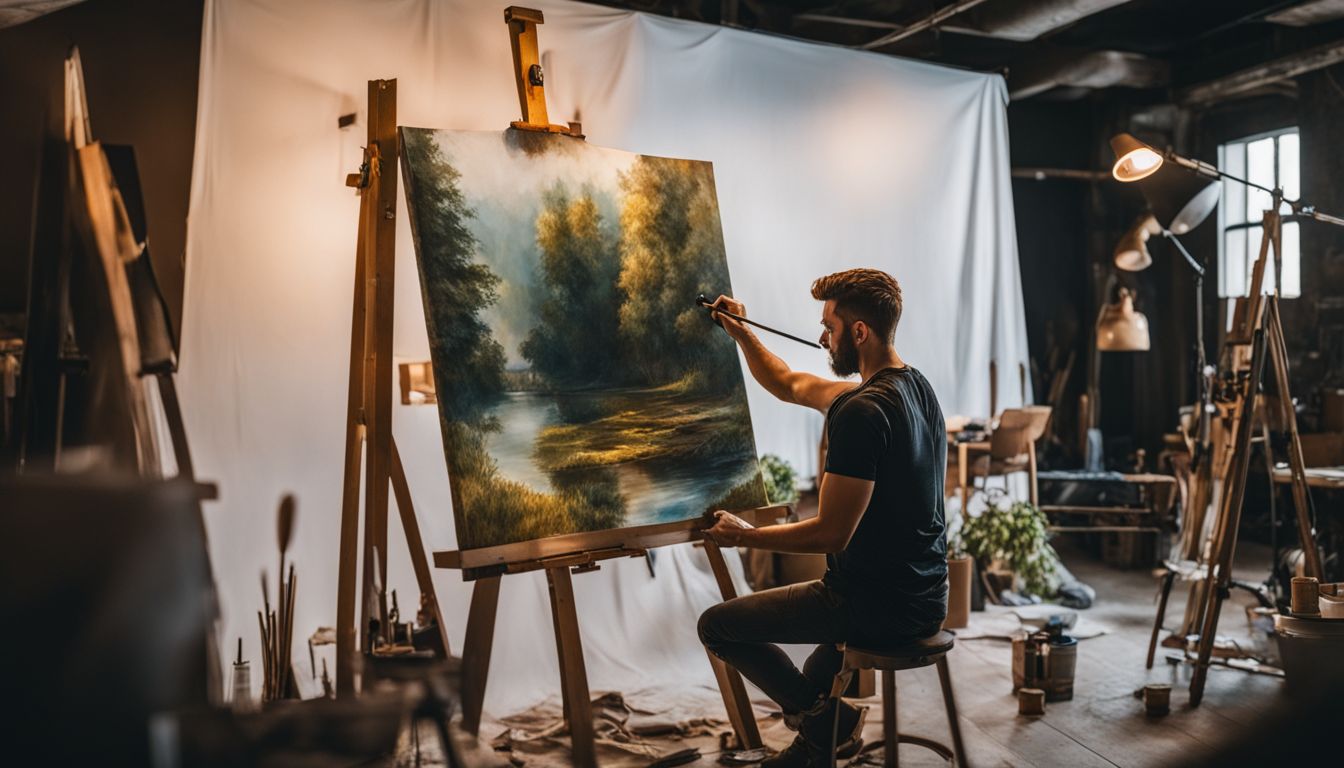
Diving into the realm of painting, we unravel its intricate layers—from selecting the right type of paint to mastering application techniques. It’s a process that offers a canvas for creativity, yet demands a keen eye for detail and an understanding of how different environments affect longevity and finish.
Basics of Painting
Painting adds color and protection to various surfaces. To start, you’ll need paint, brushes or rollers, and some patience. First, choose the right type of paint for your project—oil-based or water-based.
Oil-based paints are durable but take longer to dry. Water-based paints are easier to clean up and have less odor.
Before painting, prepare the surface well. Remove old paint flakes, fill in any holes or cracks, and sand everything smooth. For a clean finish on walls or an overmantel piece, apply a primer first; this helps the topcoat stick better.
You can use different techniques for desired effects: dry brushing gives a more saturated color than whitewashing because it’s not diluted with water. This method is great for adding depth on paneling or texture on brick surfaces.
Keep your workspace ventilated as fumes from some paints can be strong. Always follow the manufacturer’s terms of use for safety information and best results!
Remember that while painting may seem straightforward—a careful approach will lead to amazing transformations in your home!
Pros and Cons of Painting
After looking at the basics of painting, let’s explore its advantages and disadvantages. Painting offers a world of color choices and styles.
- Paint comes in countless colors allowing for full customization of your space. You can pick exactly what matches your style.
- A painted surface has a rich, solid look that adds to the aesthetics of any room or exterior.
- High – quality paint can protect surfaces from moisture and wear for years.
- Advanced paints have additives to resist mold, mildew, and fading from sunlight.
- With paint, you can easily cover up imperfections on walls or other surfaces.
- The durability of paint means less frequent touch – ups are needed.
- Painting requires more preparation work such as sanding and priming surfaces. This takes time and effort.
- Quality paint and supplies can be expensive. The initial cost is higher than whitewashing.
- Paint fumes can be strong and may require vacating the area while it dries.
- It’s harder to achieve the same natural finish as limewash on brickwork with regular paint.
- Applying paint often involves using rollers or brushes which might leave streaks if not done carefully.
- Over time, paint may chip or peel, needing another round of careful application.
Conclusion
Whitewashing really shines when you’re after a quick, natural look. It’s like giving your walls a light, breezy dress rather than a heavy coat. Think of it as the simpler cousin to painting – less prep, faster application.
Your bricks get to show off their texture, yet with a fresh vibe. Choosing whitewash could be your shortcut to that charming aesthetic without all the fuss!
FAQs
1. What’s the difference between limewashing and painting?
Limewashing is a traditional technique that uses lime and water, creating a unique, weathered look. Painting involves applying a layer of paint for a solid, more uniform color. Both have distinct visual effects; it comes down to personal preference.
2. Can I do limewashing myself or should I hire someone?
Certainly! You can tackle limewashing on your own—remember, it’s all about embracing the imperfections that come with the process. If you’re after a specific look, though, bringing in an expert might be your best bet.
3. Is limewashing good for every type of surface in my home?
Think porous surfaces—they’re perfect for limewashing because they absorb the wash well… Like brick or stone walls welcoming this earthy touch! But check if your surface drinks up the mixture before you start.
4. How long will my whitewash last compared to regular paint?
Ah, longevity—that’s key! Whitewashed surfaces charm us with their enduring nature; typically outlasting regular paint when on the right surface…. They age gracefully too, gaining character over time.




